In an ABAP program I have noticed unexpected persistence of data when displaying a local table using the class cl_salv_table.
To reproduce I have created a minimal code sample. The program does an insert, displays data in an ALV, then does a ROLLBACK WORK.
I expect the inserted value to be present in the database BEFORE the rollback, and absent AFTER the rollback.
However, if between the insert and the rollback, an ALV grid is displayed, the data is persisted beyond the rollback, and immediately visible to other transactions.
Is this expected behaviour, and if so, how can I avoid this? We do use this class quite often and it looks like we may inadvertently commit values to database when we don't actually want to.
This is the code:
*&---------------------------------------------------------------------*
*& Report zok_alv_commit
*&
*&---------------------------------------------------------------------*
*&
*&
*&---------------------------------------------------------------------*
REPORT zok_alv_commit.
SELECTION-SCREEN BEGIN OF BLOCK b1.
PARAMETERS: p_showtb TYPE boolean AS CHECKBOX DEFAULT abap_false.
SELECTION-SCREEN END OF BLOCK b1.
START-OF-SELECTION.
DATA: lt_table TYPE TABLE OF zok_alv,
ls_table TYPE zok_alv.
""""""""""""""""""""""""""""""""""""""""""""""""""""""""""""""""""""""
" Create new GUID and insert into table
""""""""""""""""""""""""""""""""""""""""""""""""""""""""""""""""""""""
TRY.
ls_table-guid = cl_system_uuid=>create_uuid_c22_static( ).
CATCH cx_uuid_error.
" Error creating UUID
MESSAGE e836(/basf/dps3_apodata).
ENDTRY.
WRITE: |Create guid { ls_table-guid } |, /.
INSERT zok_alv FROM ls_table.
APPEND ls_table TO lt_table.
""""""""""""""""""""""""""""""""""""""""""""""""""""""""""""""""""""""
" The important bit: show something in an ALV
""""""""""""""""""""""""""""""""""""""""""""""""""""""""""""""""""""""
IF p_showtb = abap_true.
cl_salv_table=>factory(
IMPORTING r_salv_table = DATA(lo_alv)
CHANGING t_table = lt_table
).
lo_alv->display( ).
ENDIF.
""""""""""""""""""""""""""""""""""""""""""""""""""""""""""""""""""""""
" Check existence in table before and after rollback
" Expectation: If the ALV is shown above, the data is already committed,
" so the ROLLBACK WORK will not have an effect.
""""""""""""""""""""""""""""""""""""""""""""""""""""""""""""""""""""""
SELECT SINGLE guid FROM zok_alv INTO @DATA(lv_ignored) WHERE guid = @ls_table-guid.
IF sy-subrc = 0.
WRITE: 'GUID exists on DB before rollback.', /.
ELSE.
WRITE: 'GUID does NOT exist on DB before rollback.', /.
ENDIF.
ROLLBACK WORK.
SELECT SINGLE guid FROM zok_alv INTO @lv_ignored WHERE guid = @ls_table-guid.
IF sy-subrc = 0.
WRITE: 'GUID exists on DB after rollback.', /.
ELSE.
WRITE: 'GUID does NOT exist on DB after rollback.', /.
ENDIF.
It requires a table ZOK_ALV with only MANDT and a 22-character field GUID as primary key, nothing else.
When executing the code with p_showtb unchecked:
As you can see, the value is not present after the rollback, and not present in the table - as expected.
When executing the code with p_showtb checked:
At this point, already, the id is visible in SE16 in another session:
(I leave the ALV screen with Back (F3) at this point)
The code confirms, the value is still present, even after the rollback:
Even after leaving the program, the values persist in the DB.
